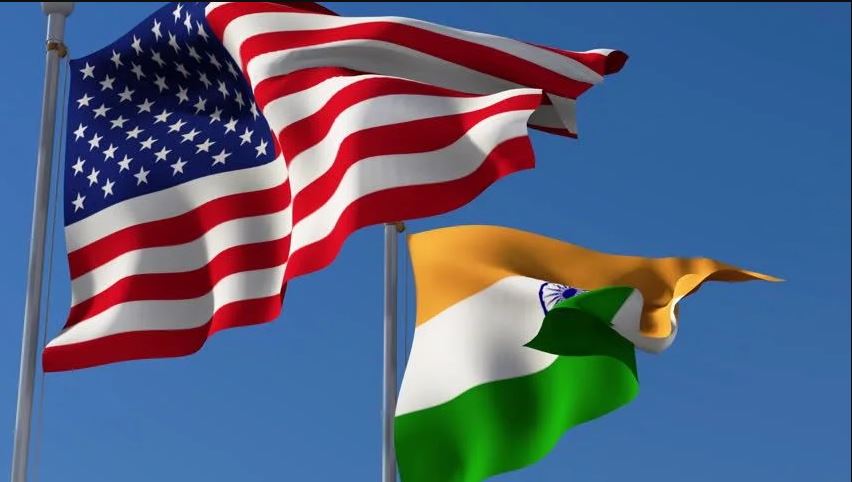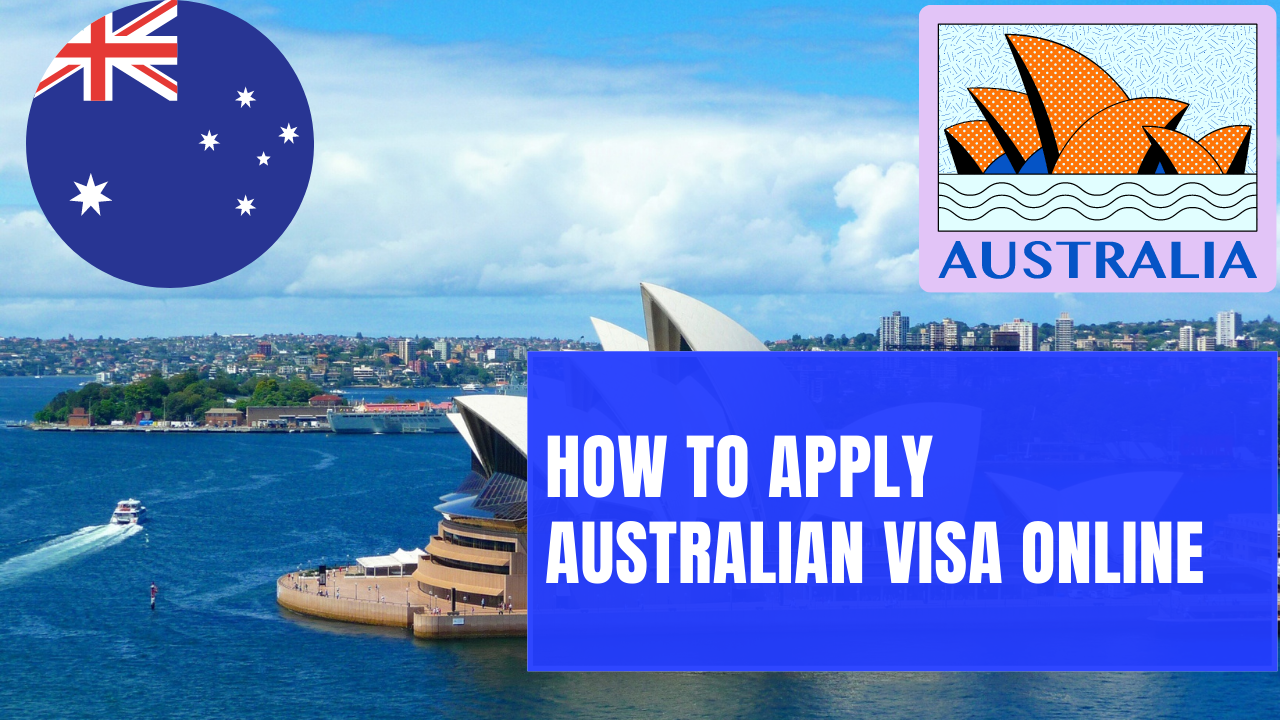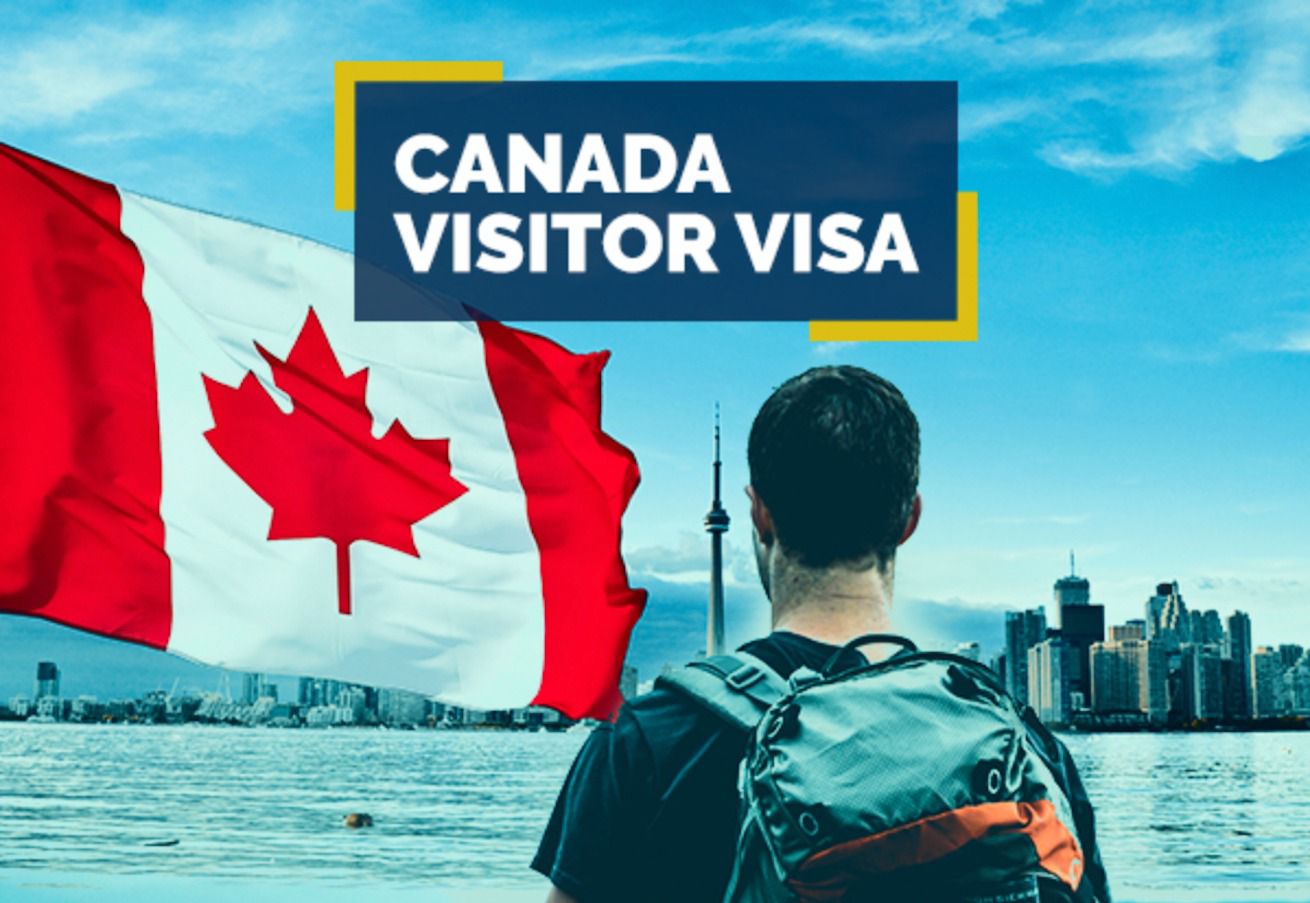Are you planning a trip to India but feeling overwhelmed by the various visa options? Fear not, as we’ve got you covered! In this blog post, we’ll provide you with a comprehensive breakdown of all the available Indian visa types. Whether you’re traveling for business or leisure, short-term or long-term, we’ll help you determine which visa option is best suited for your travel needs. So sit back and relax as we take you on a journey through the different Indian visas – let’s get started! TYPES OF INDIAN VISA
Overview of Indian Visa Types
There are several types of visas available for those seeking to enter India, each with its own purpose and set of requirements. Here is a breakdown of the most common visa types to help you determine which one is right for your trip:
– Tourist visa: valid for up to 6 months, perfect for those planning a leisurely visit to India.
– Business visa: valid for up to 1 year, ideal for those traveling on business or for work purposes.
– Student visa: valid for the duration of your studies in India, required for all students enrolled in an educational program within the country.
– Employment visa: valid for up to 2 years, necessary for those intending to take up paid employment in India.
– Medical visa: valid for up to 3 months, granted specifically for medical treatment at an Indian hospital or healthcare facility.
– Transit visa: valid for up to 72 hours, allows foreign nationals in transit through India to remain within the airport terminal without having to exit and re-enter the country.
Eligibility Requirements for Each Indian Visa Type
In order to determine which Indian visa type is right for you, it is important to understand the eligibility requirements for each option. The most common types of Indian visas are business, tourist, and student visas.
Business Visa: In order to be eligible for a business visa, you must be traveling to India for business purposes such as attending meetings or conferences, establishing business contacts, or negotiating contracts. You will need to provide documentation such as an invitation letter from the company you will be visiting in India. INDIAN VISA TYPES
Tourist Visa: If you are traveling to India for tourism purposes, you will need a tourist visa. To be eligible, you must have a passport that is valid for at least six months from the date of your planned arrival in India. You will also need to provide proof of onward travel and sufficient funds to cover your stay in India.
Student Visa: If you are traveling to India to study at an educational institution, you will need a student visa. To be eligible, you must have been accepted by an institution and have documentation proving that you have the financial means to cover your tuition and living expenses while in India.
Tourist Visas
There are several types of visas available for tourists coming to India. The most common type of visa is the regular tourist visa, which allows you to stay in India for up to six months. If you want to stay longer than six months, you can apply for a long-term tourist visa, which allows you to stay for up to one year. There are also business visas available for those who need to come to India on business trips, and student visas for those who wish to study in India.
Business Visas
There are several types of business visas available for India, each with its own set of requirements and restrictions.
The most common type of business visa is the short-term business visa, which allows for multiple entries into India for a period of up to six months. This visa is ideal for those who need to make frequent trips to India for business purposes.
Another option is the long-term business visa, which allows for a single entry into India for a period of up to one year. This visa is typically used by those who will be setting up a long-term business venture in India.
For those who need to travel to India on a regular basis for work, the multiple entry business visa may be the best option. This type of visa allows for multiple entries into India over a period of three years.
There is the restricted area permit, which allows foreign nationals to enter certain restricted areas in India that are off-limits to most visitors. This permit must be obtained prior to travel and is only valid for the duration of the stay in the restricted area.
Employment Visas
There are several types of employment visas available for those looking to work in India. The most common is the H-1B visa, which allows professionals in specialty occupations to work in the country for up to six years. Other options include the L-1 visa for intracompany transferees and the E-3 visa for Australians working in certain occupations.
The H-1B visa is the most popular option for those looking to work in India. This visa allows professionals in specialty occupations to work in the country for up to six years. To qualify, applicants must have a bachelor’s degree or higher in a relevant field and a job offer from an Indian company.
The L-1 visa is another option for those looking to work in India. This visa is for intracompany transferees, meaning employees of multinational companies who are being transferred to India. To qualify, applicants must have worked for the company abroad for at least one year and be transferring to a position that requires similar skills.



